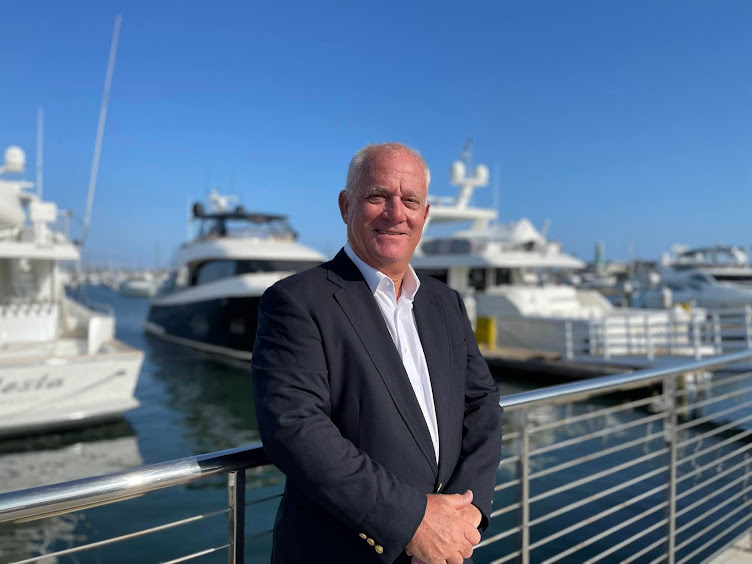 |
| The Mighty AMANTE |
Courtesy of Joysailing.com
By LEN BOSE
Today, Friday, April 22, is the start of the 75th Newport to Ensenada Yacht Race. While writing this story on Wednesday afternoon, the weather models were shifting from epic to tragic with the forecast earlier in the week showing 20 plus knots of wind, from start to finish.
Wednesday’s forecast had the wind starting us out in 20 plus knots of wind up until 2000 hours on Friday night shifting to the north and dropping to under eight knots – which will make for some lumpy seas. No wind and I can already hear the sails slating through the night. It’s looking like we will be finishing late Saturday afternoon
Sitting up in my chair, I thought I just pulled my back out and would have to call in sick. “What am I going to do?” I will have had my seabag packed on Thursday and probably will have to avoid the pre-race party with our boat call at 9:30 a.m. on Friday.
At 62 years of age, gone are the days of showing up to the boat with a hangover thinking that a McDonald’s sausage breakfast sandwich is going to make me feel better, and that’s a special feeling once the wind stops and the sails start slapping. My plan this year, what I am calling my farewell tour, is to keep moving and don’t let my body cramp up. Drink a lot of water, try not to overeat and stay away from the beer until the finish.
 |
| My First Ensenada Race Aboard AMANTE |
Because I have not sailed on Amante in a long time, I will have to keep my mouth shut, focus on sail trim and make quiet suggestions on sail selections. For example: “At what wind range do you shift down to the half ounce spinnaker or even worse the wind seeker?” Another suggestion might be, “Are we going to have a watch system?,” because once the race slows down the race changes dramatically.
While on deck you must focus on the boat’s speed towards the mark, your focus is always on this aspect of a sailboat race; it just becomes much more difficult when the wind goes light. When it’s windy, everything is easy aboard Amante, because you just pull the spinnaker pole back and point at the mark. With the wind blowing, it is much easier to keep your concentration up. I’ll keep focused on how the weight is distributed around the boat, doing my best to keep the boat going as fast as possible.
When the wind dies down, with the cold dampness setting in, it gets tough staying awake. Either way, the morning comes and you learn that you made the right decision or the wrong one. Decision time comes normally when you approach the Coronado Islands on Amante. If the breeze is up, you stay on the course that is the shortest distance to the finish line. Should the breeze start dying, the navigator has to decide how to stay in the most breeze and within the shortest distance towards the finish line. At this moment, I am remembering why I was never really that good at being a navigator. The weather models at this time are all over the place; so the navigator has to place his Groundhog Day hat on and make a choice. From my armchair, at this moment I would just slug it out on “Rum Line” which is the shortest distance to the finish line. Odds are pretty good I changed my mind five times before Friday and five times during the race.
Amante is in PHRF A with our two top competitors very familiar with me. The favorite in our class is the XP 44 Day Dreams berthed at the Balboa Bay Club. Stan Gibbs is the skipper and is one of the best there is in optimizing a boat and finding the best crew available. He was the skipper aboard Horizon when we won the PV Race and CORW overall that year. The other boat to beat is Viggo Torbensen’s IMX 40 Time Shaver. Torbensen used to own a J-125 and we always had a battle with him aboard Horizon. If we are ahead of these two boats entering Ensenada Bay it will have turned out our navigator made the right choice and we kept the boat going fast.
Wish us luck!
Sea ya.
~~~~~~~~
Len Bose is a yachting enthusiast, yacht broker and harbor columnist for Stu News Newport.









